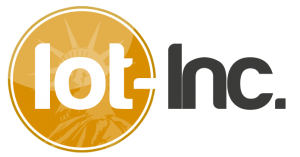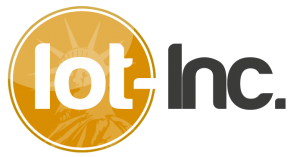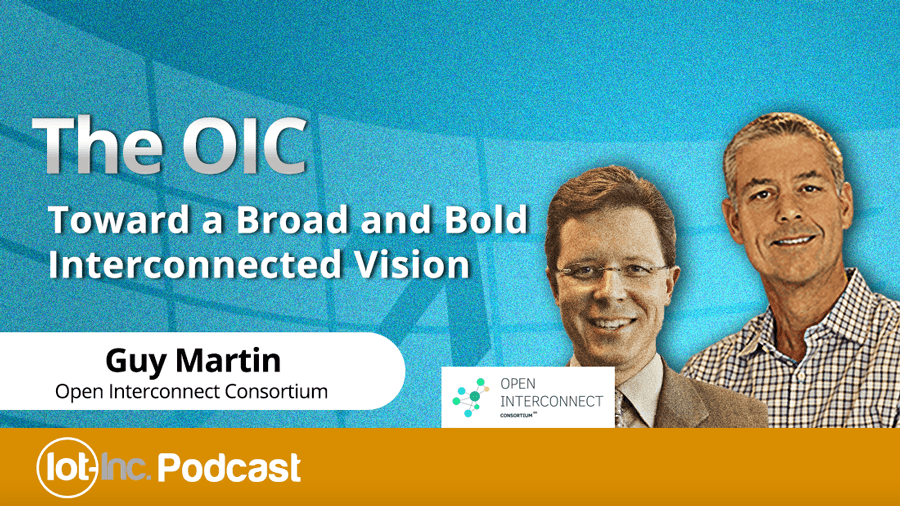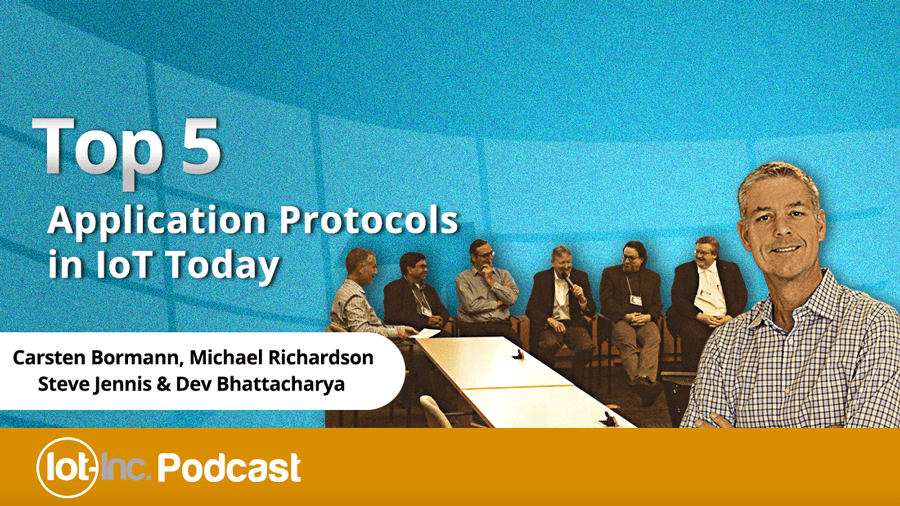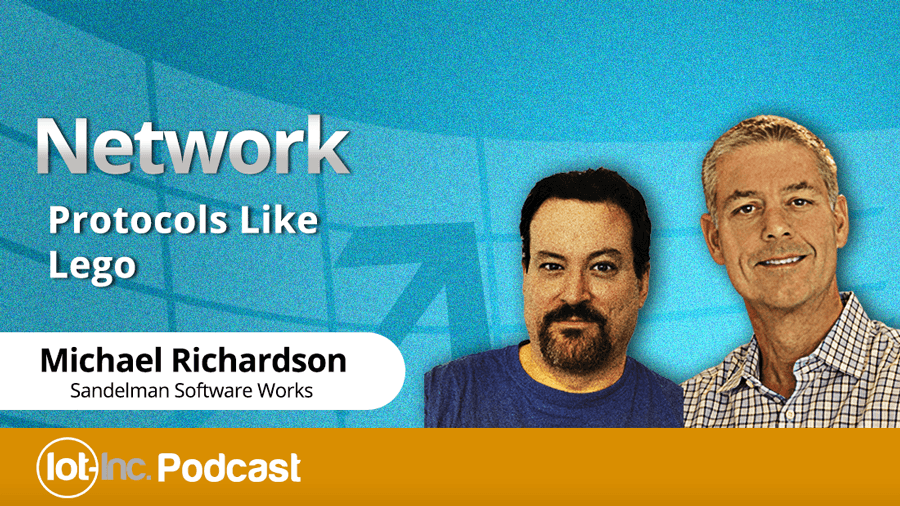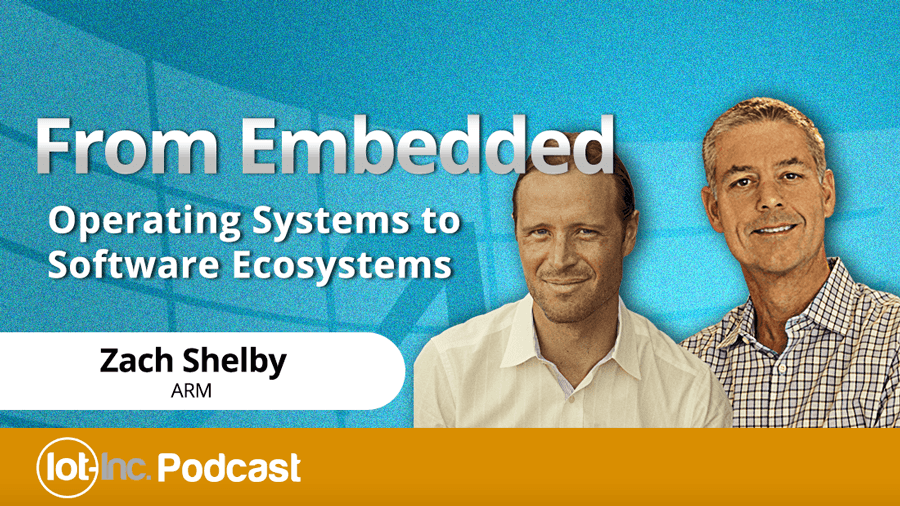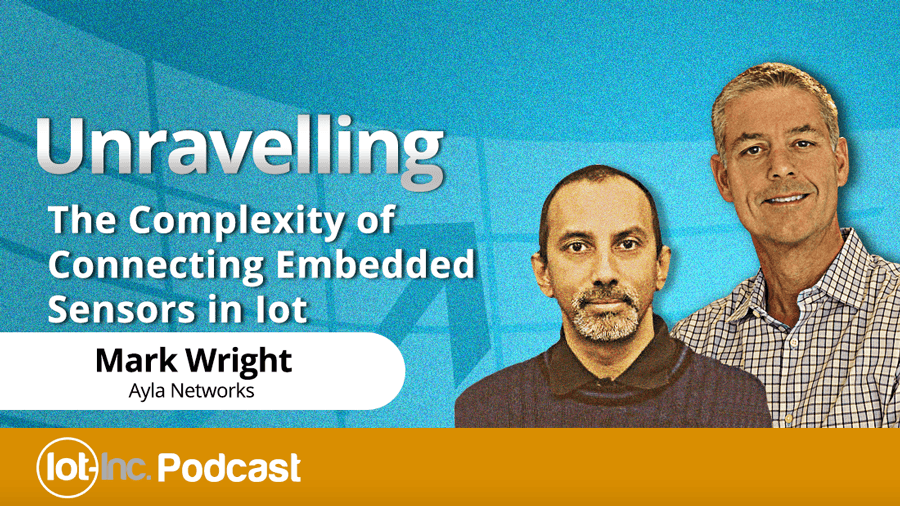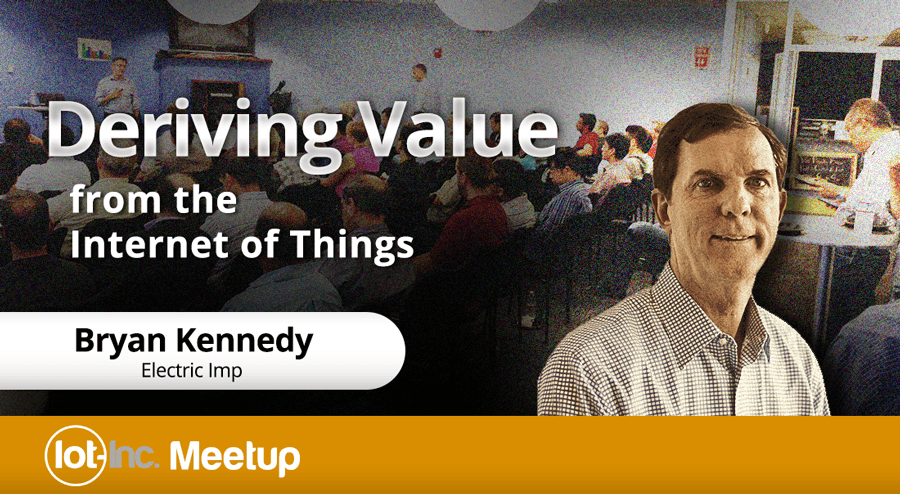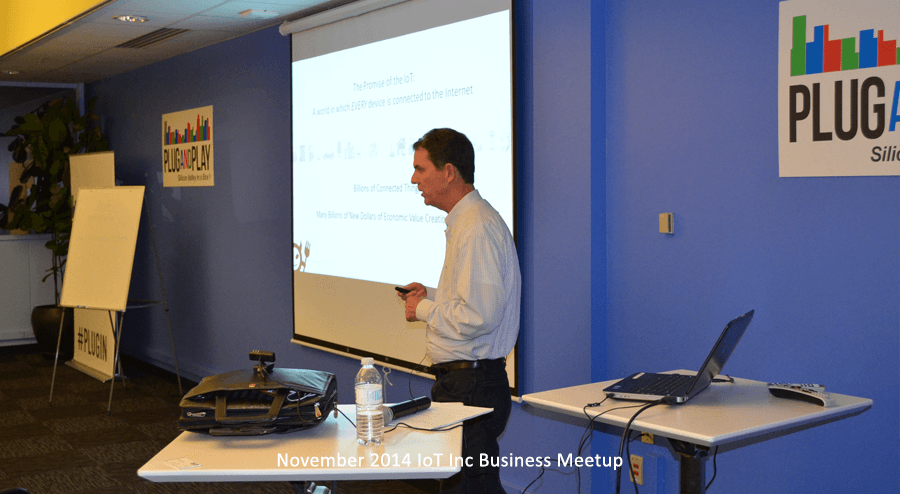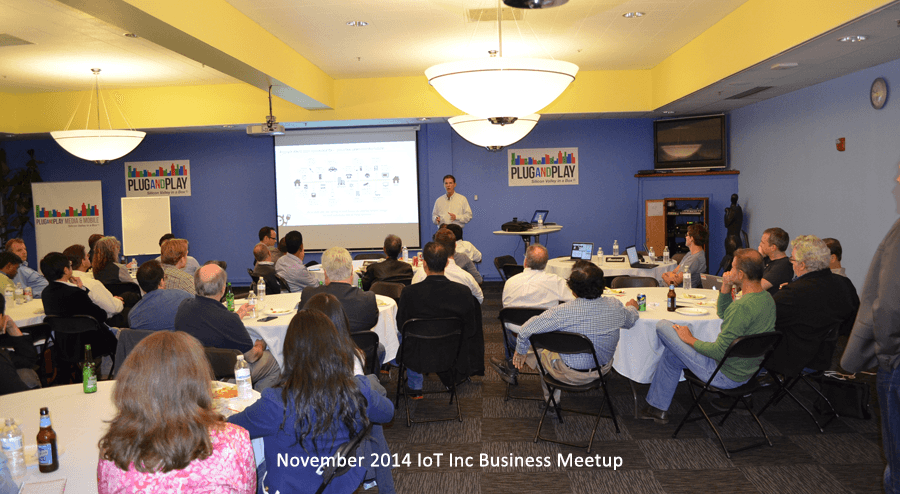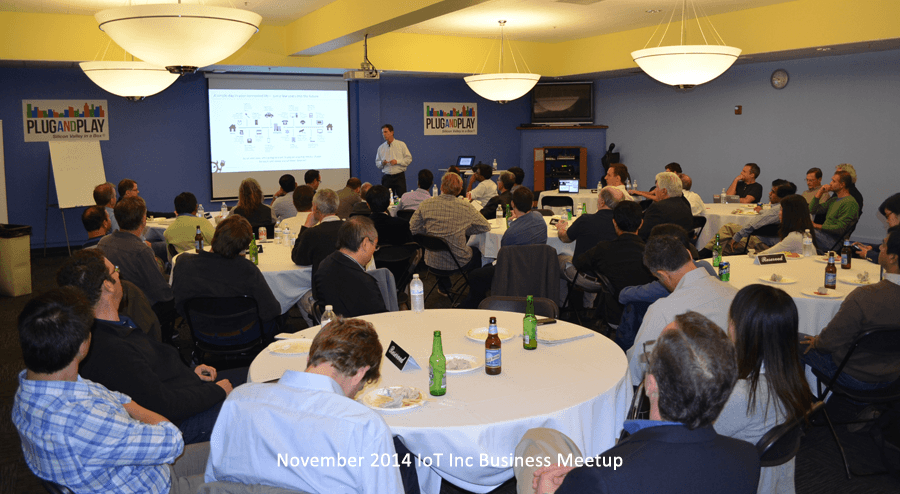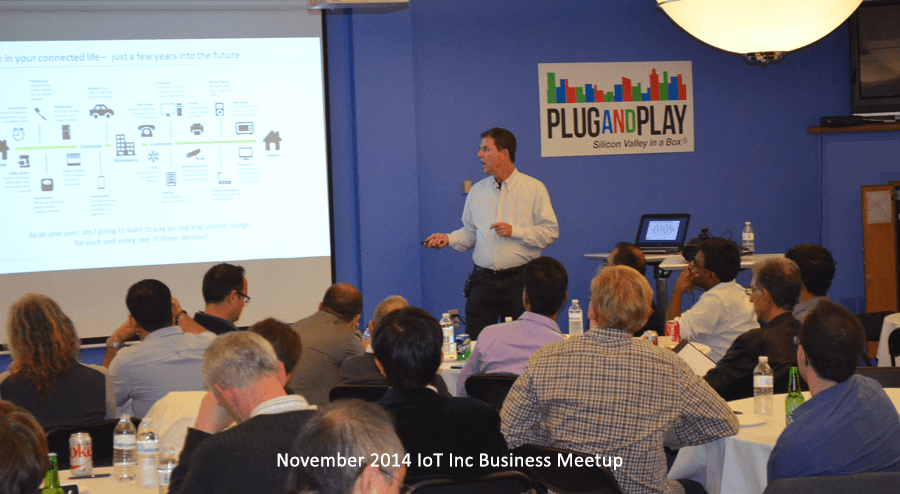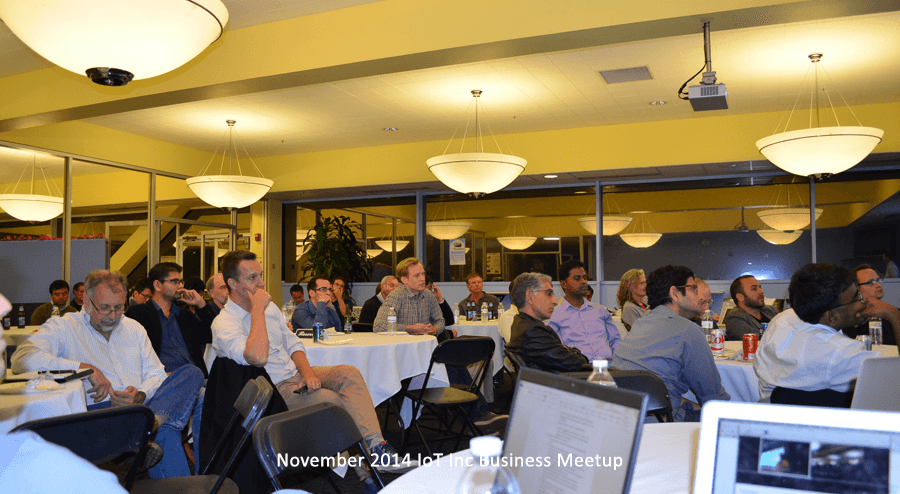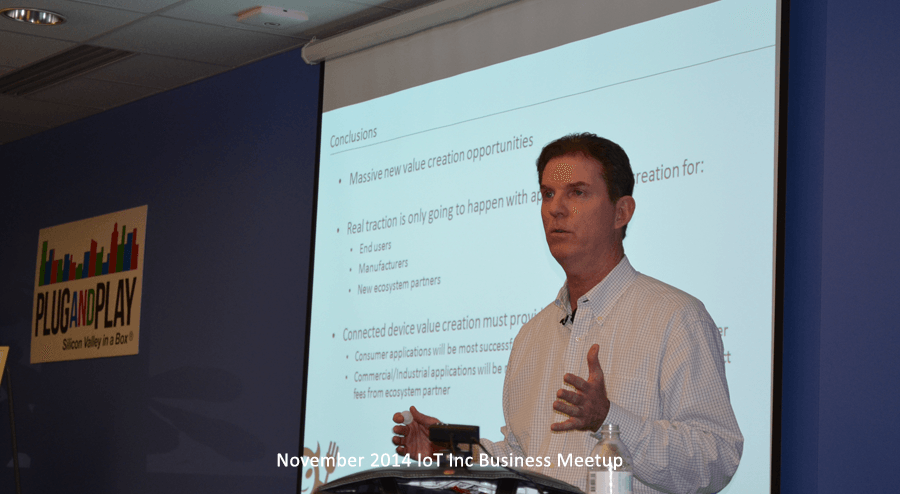10 Mar The Thread Group – Putting Complex Tech into Everyday Devices
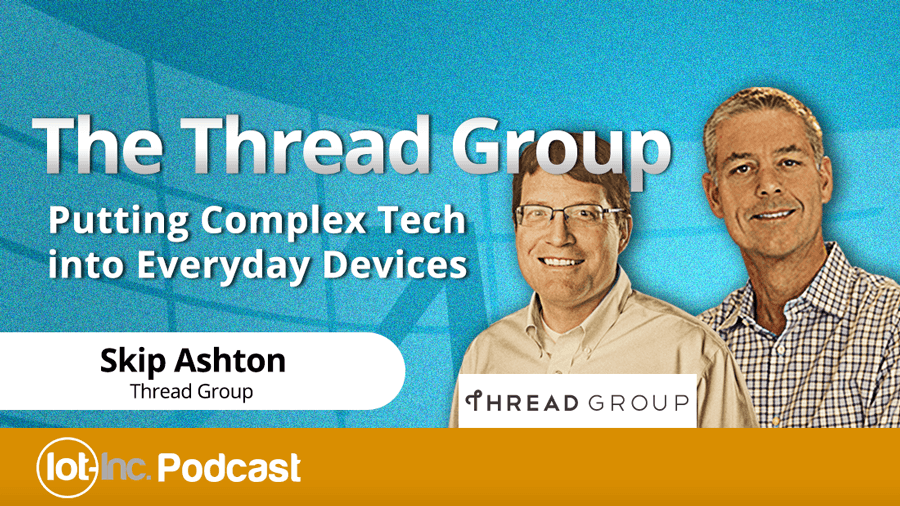
Episode 10
There are five main IoT alliances/consortiums/groups focused on the Internet of Things and I interview them all. The Internet Protocol for Smart Object (IPSO) Alliance – episode E3 has been around for a while but the Open Interconnect Consortium (OIC) – episode 9, the Thread group, the Industrial Internet Consortium (IIC) and the Allseen Alliance have sprung up recently. Depending on your focus, one or more of these organizations and are worth looking into when starting your IoT journey.Listen to this podcast (or read the transcript) with Skip Ashton as we discuss the third organization, the Thread Group ...
